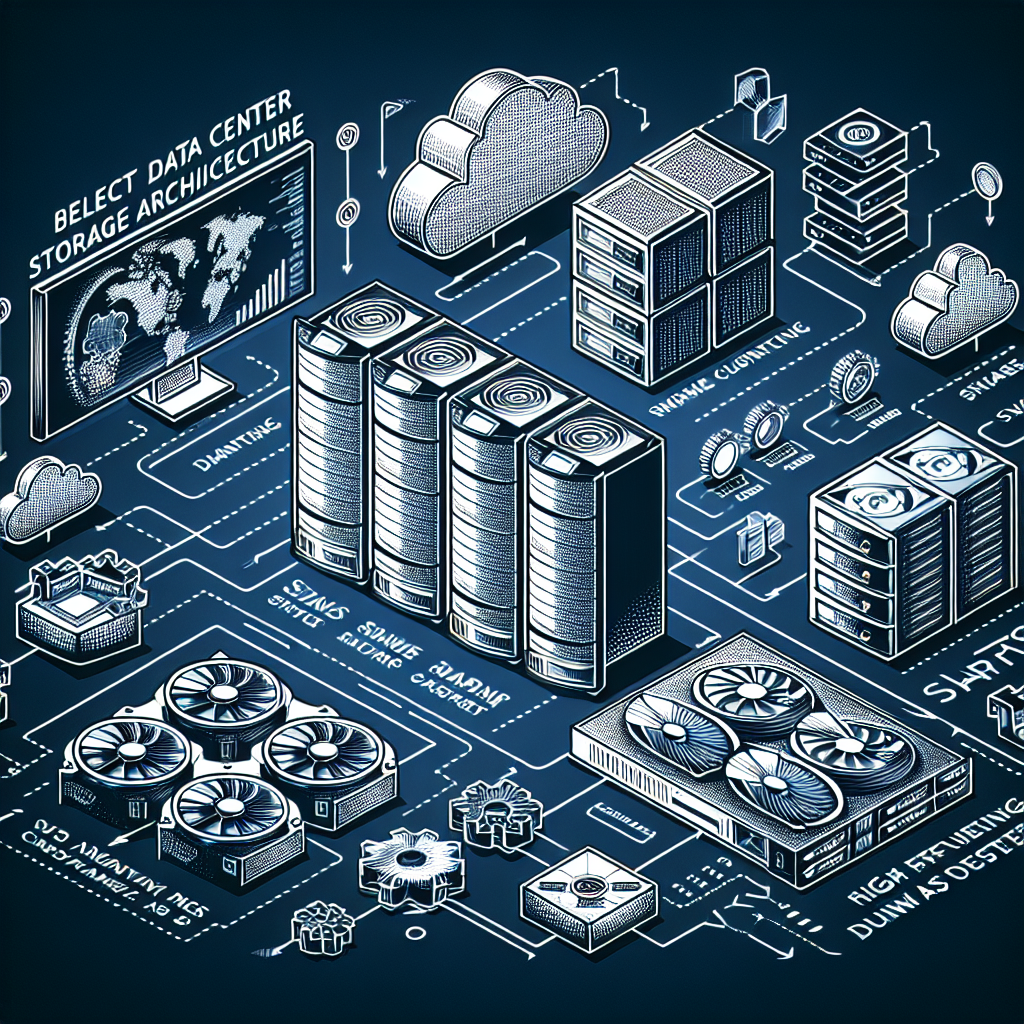In today’s digital age, data is king. Businesses rely on vast amounts of data to make informed decisions, drive innovation, and stay ahead of the competition. As a result, choosing the right data center storage architecture is crucial for businesses of all sizes.
There are several factors to consider when selecting a data center storage architecture that meets your business needs. These include performance, scalability, reliability, and cost. Here are some key considerations to keep in mind when evaluating different storage architectures:
Performance: One of the most important factors to consider when choosing a data center storage architecture is performance. You need a storage solution that can handle the demands of your business, whether it’s high-speed data processing, real-time analytics, or large-scale data storage. Look for storage solutions that offer high throughput, low latency, and efficient data access.
Scalability: As your business grows, so will your data storage needs. It’s important to choose a storage architecture that can easily scale to accommodate your growing data requirements. Look for storage solutions that offer scalability options such as adding more storage capacity or nodes to expand your storage infrastructure.
Reliability: Data is a critical asset for any business, so it’s essential to choose a storage architecture that is reliable and secure. Look for storage solutions that offer data protection features such as data replication, snapshots, and encryption to ensure the safety and integrity of your data.
Cost: Cost is always a factor when choosing a data center storage architecture. It’s important to balance the performance, scalability, and reliability of a storage solution with its cost. Consider the total cost of ownership, including upfront costs, ongoing maintenance, and upgrade expenses, when evaluating different storage architectures.
There are several types of data center storage architectures to choose from, including traditional storage arrays, software-defined storage, cloud storage, and hyper-converged infrastructure. Each type has its own benefits and drawbacks, so it’s important to carefully evaluate your business needs and goals before making a decision.
Traditional storage arrays, such as SAN (Storage Area Network) and NAS (Network Attached Storage), offer high performance and reliability but can be expensive and complex to manage. Software-defined storage solutions, on the other hand, offer more flexibility and scalability but may require more technical expertise to implement.
Cloud storage solutions, such as Amazon S3, Microsoft Azure, and Google Cloud Storage, offer the benefits of scalability and cost-effectiveness but may have limitations in terms of performance and data security. Hyper-converged infrastructure solutions, which combine storage, compute, and networking in a single appliance, offer simplicity and ease of management but may not offer the same level of performance as traditional storage arrays.
Ultimately, the right data center storage architecture for your business will depend on your specific needs, budget, and technical expertise. It’s important to carefully evaluate your options and consider the trade-offs between performance, scalability, reliability, and cost before making a decision. By choosing the right data center storage architecture, you can ensure that your business has the storage infrastructure it needs to succeed in today’s data-driven world.


Leave a Reply